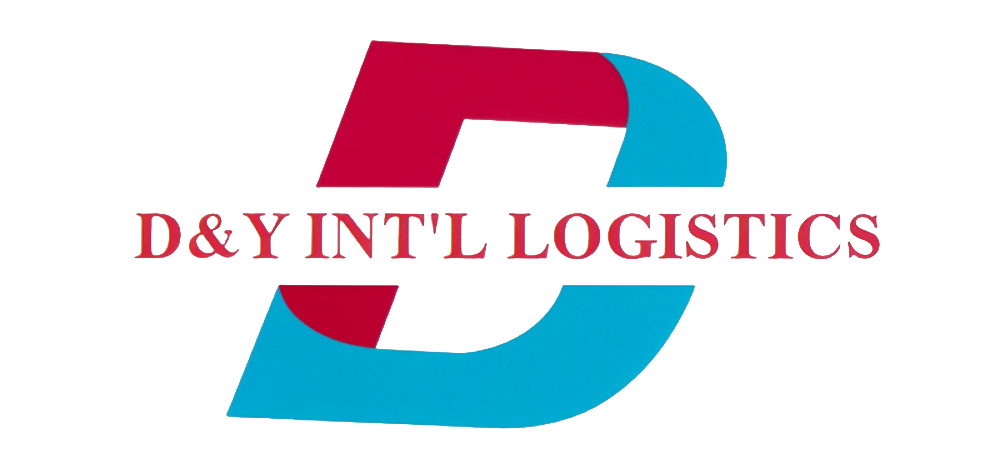Revolutionizing Delivery Performance Through Strategic Route Planning
In today's fast-paced logistics landscape, transport route optimization has become a critical factor in determining business success. Companies across the globe are recognizing that efficient delivery routes not only reduce operational costs but also significantly enhance customer satisfaction. The evolution of delivery systems has transformed from simple point-to-point planning to sophisticated algorithms that consider multiple variables simultaneously.
Modern transport route optimization incorporates real-time data, traffic patterns, and delivery windows to create the most efficient paths possible. This strategic approach to route planning has become increasingly important as consumer expectations for rapid delivery continue to rise. Organizations that master this aspect of their operations gain a substantial competitive advantage in the marketplace.

Core Components of Effective Route Optimization
Advanced Technology Integration
The foundation of modern transport route optimization lies in cutting-edge technology. GPS tracking systems, artificial intelligence, and machine learning algorithms work together to process vast amounts of data in real-time. These technological solutions analyze various factors including traffic conditions, weather patterns, and historical delivery data to suggest the most efficient routes.
Smart routing software can automatically adjust delivery sequences based on changing conditions, ensuring that drivers always follow the most optimal path. This dynamic approach to transport route optimization allows for immediate responses to unexpected situations, such as road closures or vehicle breakdowns, maintaining delivery efficiency even in challenging circumstances.
Data-Driven Decision Making
Successful route optimization relies heavily on quality data analysis. By collecting and analyzing delivery performance metrics, companies can identify patterns and trends that influence route efficiency. This includes studying delivery time windows, customer preferences, vehicle capacity utilization, and fuel consumption patterns.
Historical data helps predict seasonal variations and peak delivery periods, allowing for better resource allocation and route planning. Companies implementing data-driven transport route optimization typically see a 15-30% reduction in total miles driven and significant improvements in on-time delivery rates.
Strategic Implementation Approaches
Real-Time Route Adjustments
The ability to modify routes in real-time has revolutionized delivery operations. Modern transport route optimization systems continuously monitor various factors affecting delivery performance and make instantaneous adjustments when necessary. This dynamic approach ensures that delivery schedules remain optimal despite changing conditions throughout the day.
Real-time optimization takes into account numerous variables such as traffic updates, new order insertions, and delivery time windows. This flexibility allows companies to maintain high service levels while maximizing resource utilization and minimizing operational costs.
Resource Allocation Optimization
Effective transport route optimization extends beyond simply finding the shortest path between points. It involves strategic resource allocation, including driver assignment, vehicle selection, and load planning. The right combination of these elements can significantly impact delivery efficiency and cost-effectiveness.
Companies must consider factors such as vehicle capacity, driver schedules, and maintenance requirements when planning routes. This comprehensive approach ensures that all resources are utilized efficiently while maintaining compliance with regulations and safety standards.
Measuring and Improving Performance
Key Performance Indicators
Successful transport route optimization requires regular monitoring of specific metrics. Essential KPIs include on-time delivery rates, fuel efficiency, cost per delivery, and customer satisfaction scores. These measurements provide valuable insights into the effectiveness of current routing strategies and highlight areas for improvement.
Regular analysis of these metrics enables companies to refine their approach to route optimization continuously. Organizations can identify bottlenecks, optimize delivery windows, and adjust resource allocation based on actual performance data.
Continuous Improvement Strategies
Transport route optimization is an ongoing process that requires constant refinement. Regular reviews of route performance, driver feedback, and customer satisfaction help identify opportunities for improvement. Companies should establish a systematic approach to implementing and testing new optimization strategies.
This might include piloting new routing algorithms, testing alternative delivery windows, or implementing advanced analytics tools. The key is to maintain a balance between optimization goals and practical operational constraints while continuously striving for better performance.
Future Trends in Route Optimization
Artificial Intelligence and Machine Learning
The future of transport route optimization lies in advanced AI and machine learning capabilities. These technologies will enable even more sophisticated route planning, considering an expanded range of variables and delivering more accurate predictions of delivery times and potential disruptions.
AI-powered systems will be able to learn from past experiences, anticipate problems before they occur, and automatically suggest alternative routes based on complex pattern recognition. This level of automation and intelligence will revolutionize how companies approach delivery route planning.
Sustainable Route Planning
Environmental considerations are becoming increasingly important in transport route optimization. Companies are incorporating sustainability metrics into their routing decisions, considering factors such as carbon emissions, fuel efficiency, and environmental impact when planning delivery routes.
Future optimization systems will likely place greater emphasis on green routing options, balancing efficiency with environmental responsibility. This might include preferential routing through areas with lower environmental impact or optimizing for electric vehicle charging stations.
Frequently Asked Questions
What factors most significantly impact transport route optimization?
The most crucial factors affecting transport route optimization include traffic patterns, delivery time windows, vehicle capacity, driver availability, weather conditions, and real-time road conditions. Customer location clustering and order volume also play significant roles in determining optimal routes.
How does real-time route optimization differ from traditional planning methods?
Real-time route optimization continuously updates and adjusts routes based on current conditions, while traditional planning methods rely on static routes planned in advance. This dynamic approach allows for immediate responses to changes and disruptions, resulting in more efficient deliveries.
What role does technology play in modern route optimization?
Technology is fundamental to modern route optimization, incorporating GPS tracking, AI algorithms, machine learning, and real-time data analytics. These tools work together to process complex variables, predict potential issues, and suggest optimal routes while maintaining flexibility for last-minute changes.




